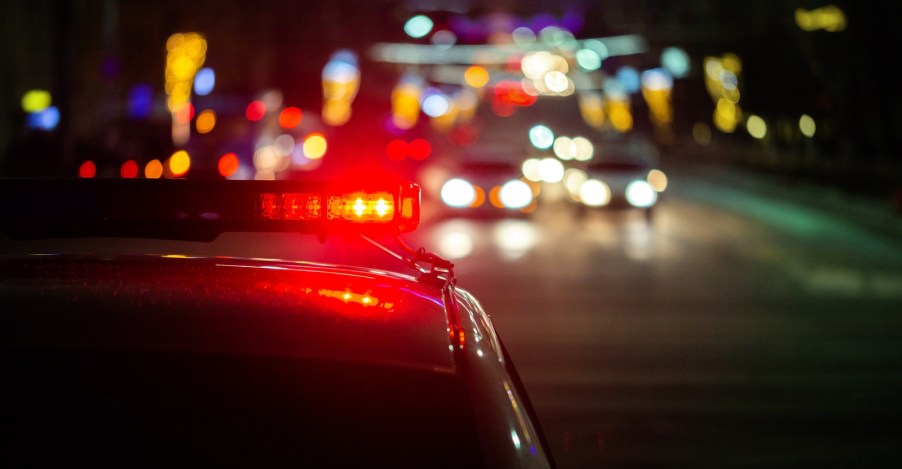
Drivers always have these 3 rights at a DUI checkpoint
Whether you support or feel inconvenienced by DUI checkpoints, they are allowed nationwide. In fact, in 1990, a Supreme Court decision ruled that these checkpoints are constitutional. We aren’t in Australia, where checkpoints can include breathalyzing every drive. Interestingly, the Supreme Court acknowledged that checkpoints are indeed a “minor” infringement on drivers not suspected of doing anything illegal. As such, checkpoints must meet certain requirements. Stops are typically quite brief. Certain areas even have extra procedural steps installed, like announcing checkpoint locations ahead of time. Still, drivers have specific rights they should know about going into them.
Three rights all drivers have at a DUI checkpoint:
- You can legally avoid the checkpoint
- You don’t have to roll your window down all the way
- You have the right to remain silent
It feels silly to say it, but I’ll preface with this: No one should drive under the influence. Moreover, acting combative or displaying behavior that police could interpret as being under the influence or engaging in illegal acts can escalate checkpoint interactions.
In the U.S., most checkpoints include signage or some indication of an upcoming stop. There also needs to be sufficient opportunity to legally bypass or even turn back around before interacting with police. You should be able to turn off the street or even turn around without breaking any traffic laws. In other words, police can’t trap drivers into entering a DUI checkpoint. Know that some areas have secondary staff monitoring vehicles that avoid checkpoints.
If you do pull up at a checkpoint, you only have to roll your window down far enough to communicate with the officer. This means far enough down to hear and speak clearly or to provide your identification and legally required documents, like your vehicle registration and proof of insurance. Some drivers only roll down their windows about a quarter of the way. Others just crack the window a couple of inches.
While an officer performs the DUI checkpoint procedure, you have the right to remain silent. While you must identify yourself when asked, you don’t have to interact with the officer by answering other questions. You can ask if you are free to go.
Like in the video above, you can ask the officer to identify themselves and whether their body cam is rolling. You can tell them that your attorney suggested that you only identify yourself and not answer other questions. You can avoid eye contact.
However, understand that avoiding eye contact and refusing to speak may pique suspicion. Every officer is different, and each traffic stop is unique. The patrolling officer can ask you to step out of the vehicle. You must comply with this request. Stepping out of the vehicle is considered procedural and not a violation of the Fourth Amendment. They might request that you complete sobriety tests. While you can refuse, some states aren’t friendly in response. In Ohio, for instance, authorities can consider refusing sobriety tests “consciousness of guilt” and ultimately result in an OVI charge and conviction. Charges could lead to a difficult and expensive legal battle.
If you approach a checkpoint, know that you can legally avoid it, only roll down your window enough to provide identifying documents, and have the right to remain silent.
If an officer doesn’t have reasonable suspicion that you are driving under illegal conditions, expect the DUI checkpoint stop to be very brief.



